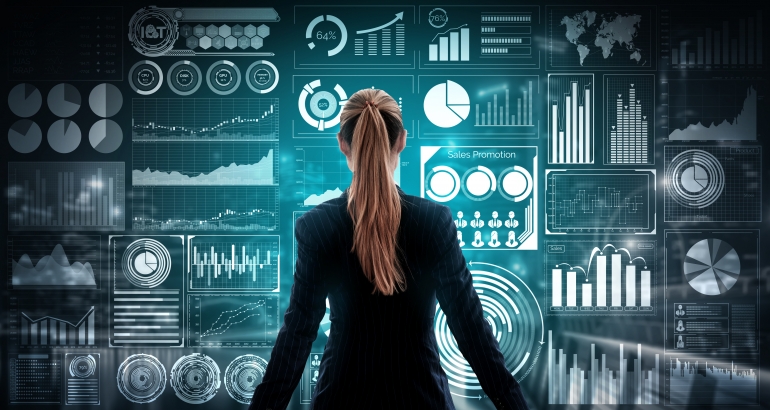The grid is becoming more decentralised, driving entirely new energy businesses
Late in 2020, Apple co-founder Steve Wozniak launched a new venture called Efforce aimed at funding energy efficient projects. Utilising blockchain technology, the project is a hint at what’s to come in the open, secure and intelligent energy trading market of the future.
As the grid moves towards a more decentralised network with every device from your heating and cooling to your washing machine connected and participating in some way, an entirely new ecosystem for intelligent monitoring and trading seems likely to emerge.
“There’s a whole world of new types of infrastructure and different layers of software that will be needed to bring these micro-markets and the mass market together,” says Jemma Green, co-founder of Power Ledger.
A world likely dependent on artificial intelligence, automated communications, and systems that can continuously collect and synthesize data from millions of smart sensors.
Efforce is essentially enabling people worldwide to invest in energy efficiency projects, using tokens to trade based on the savings likely to come in the future.
Power Ledger is one of a growing number of companies (among them Sun Exchange and WePower) utilising blockchain to enable individuals or organisations to trade renewable energy with everyone from their neighbour to someone in a distant emerging market.
“At the moment you have a geo-specific market price for electricity, but I believe we’ll be moving towards more specific and granular prices based on discrete parts of the grid and what’s going on in a particular part of the network, says Green.
“If there’s congestion, you might put a price signal in to encourage a battery to suck up excess electricity, or if there’s not enough need in a particular part of the grid you might actually incentivise electricity to be dispatched from batteries and that price might exist in one part of the grid but not in another.
“So you really need software that is going to identify where the issues are and create the price signals to generate the market response. Also, all of this will have to be automatic as few people will want to get actively involved on a day-to-day basis, most of it will need to be happening in an automated way.”
Futurist Ross Dawson says in this world, blockchain or distributed ledger will play a significant role to create “a truly distributed integrated energy and financial ecosystem which is optimised for energy, carbon and efficiency”.
“If your house works out your solar panels will give you a stream of income, you might just find installers at your door saying ‘your house asked us to come here’.”
Dawson says Wozniak’s new venture will see a lot more energy efficiency schemes funded which wouldn’t be otherwise, and that more broadly, it will get people thinking about new ways to allocate investment and returns from investment in energy.
Securing the new grid
With new and emerging markets like this, there are going to be more points of entry for cyberattack, says Green. Securing the physical grid and the markets that sit on top of it will be much more important in the near future.
“Many of the grids will have Advanced Distribution Management Systems that point out hotspots and any required market interventions and price signals.
“It’s going to be essential for the confidence to even invest in this world for the security layer to be there and for it to operate to a very high degree. And if something does happen, then to understand how that’s going to be sectioned off in a discrete part of the grid and not spread.
“Technologies like the blockchain offer this immutable record and security protocols that ensure these risks can be adequately mitigated and managed.”
As the grid of the future evolves, legacy tech will be a point of vulnerability, as it is for companies now. But security experts will also have access to AI to help simulate potential attacks, address vulnerabilities and detect security issues before they can be taken advantage of.
